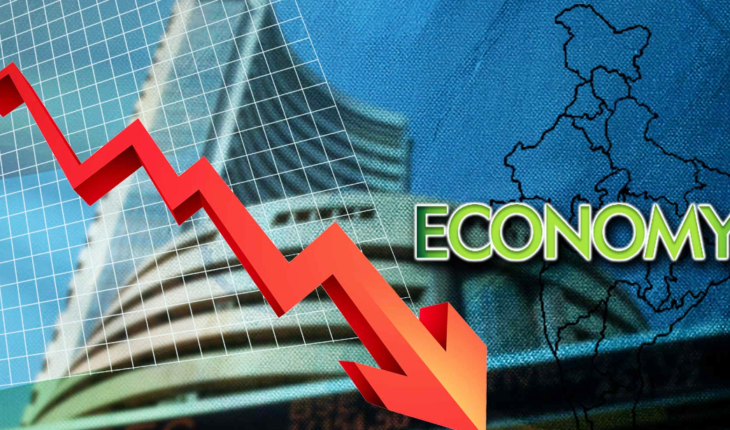Gourav Vallabh believes the first step to resolution is to acknowledge that an issue exists
Such has been the great fall of the Indian economy that the issue is as lamentable on the surface as it is a few data points deeper. The analysis of the quarterly GDP number for Q1 2020-21 needs to be fair and balanced. Though no magic could have brought encouraging results, the performance has been way below anyone’s expectations. The numbers for Q1 will be even lower in reality as they don’t account for the informal sector, the hardest hit.
For coming up with an approach to resolve an issue, the first step is to acknowledge that an issue exists. Living in denial might delay the realisation but not the outcome. I am afraid that is precisely what’s happening right now. The signs of economic paralysis were evident for the last 18 months or more. The quarterly GDP growth numbers had been falling for the last nine quarters, barring Q4 of 2018-19. Out of many, four key indicators have had me worried for the last 18 months. First, the Gross Fixed Capital Formation (as % of GDP) had been on a constant decline (except in 2018) between 2014 and 2019, falling from 30.1% to 27.4%. Developing countries generally invest heavily in fixed assets to increase aggregate demand and prepare capacities to meet future demands. Second, consumer demand in urban India. Exactly a year ago, domestic car sales were on a steady decline for nine consecutive months with a 41.09% decline in sales in August 2019. Even commercial vehicle sales were down by 39% indicating a fall in industrial activity. Third, weak FMCG demand in the rural economy. Data from India Ratings indicated that average real rural wage growth dropped from 11.18 % in FY13-FY15 to just 0.45 % in FY16-FY18. No wonder consumer confidence was badly hit, leading to sluggish demand. Last, the eight core sectors registered a growth of -0.2% in August 2019, indicating that there was not only an issue with the demand but also with our preparedness for supply.
At a time when there should have been an acknowledgement of the problem at hand and a plan for resolution and revival, there was a game of musical chairs going on, except no one wanted to take the chair of blame. Eventually, urban millennials were blamed for low passenger vehicle sales as they now prefer app-based taxis to owning cars. Good box-office collections were cited as a proof of a healthy economy. Earlier, Jawaharlal Nehru was to blame for the economy, now it is said to be an “act of God”. No one admits that it was the botched-up policymaking and implementation of Modi 1.0 and Modi 2.0 that has led to all of this.
Before we even start with the recommendations, let’s analyse where we stand at the moment. The investment appetite of urban households is low, urban consumption is low. There is contraction in the eight core sectors indicating that even if demand picks up, we are not well placed to meet those demands. The only saving grace is the rural economy. Rural demand has been better than urban demand thanks to a surplus monsoon and a higher disposable income through MGNREGA wages.
The way forward
Policymaking and implementation around three things need to be given a long, hard thought. First, the urban economy has to get running. Investments need to go up and this has to be driven by private and household investments since the contribution in capital formation by the government and the public sector is only 24%. So, government spending alone won’t help. Creating more jobs is the need of the hour. Second, the rural growth model needs to be sustainable. Increasing disposable income may work in the short term but it would be more sustainable to increase job opportunities at the rural level and strengthen MGNREGA. Third, there needs to be a massive push on infrastructural spending to boost the core sector demand and generate jobs. Extending MGNREGA to cities and towns will also attract migrant workers to move to the cities again. Last, with a focus on demand generation, supply issues need to be sorted. The eight core sectors that have shown contraction would need structural reforms to bring them back on track.
Gourav Vallabh is Professor of Finance and national spokesperson, Congress party. Views are personal






